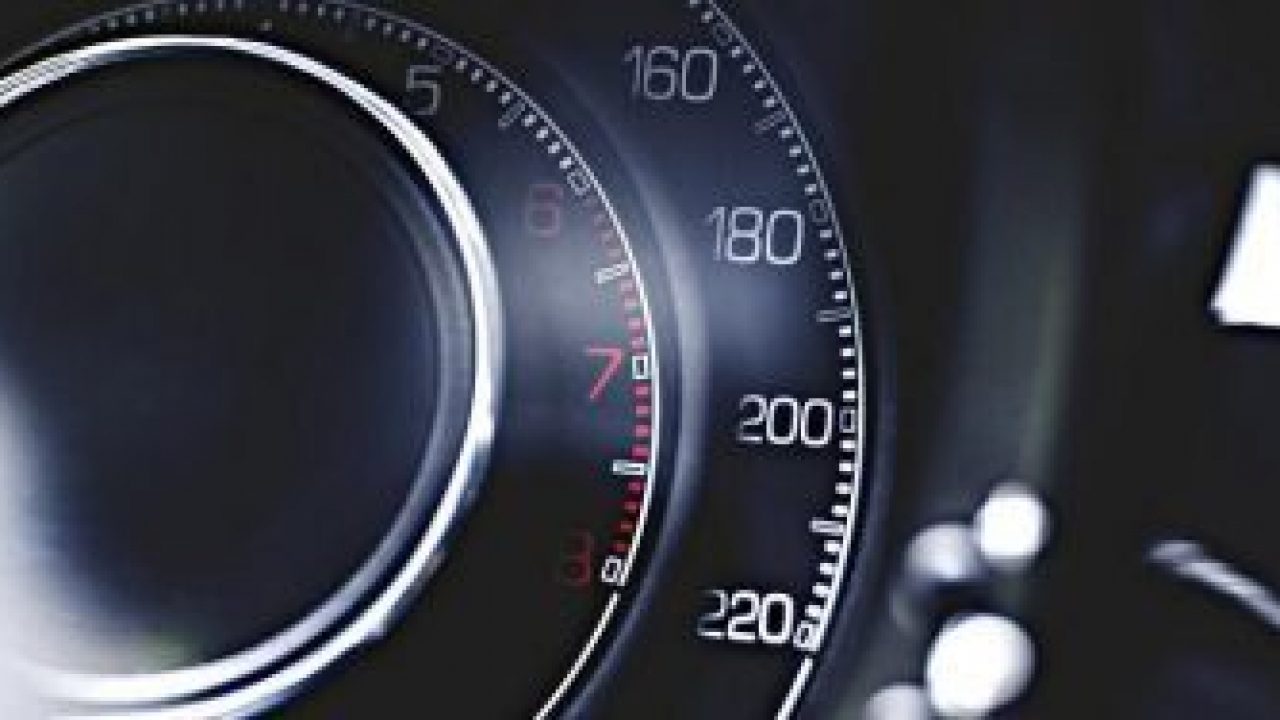Partner swapping ensues as robo-car race heats up
Article By : Junko Yoshida

Nvidia and Intel may be the “obvious leaders” on the hardware side, but experts believe the market scenario could change, as carmakers may seek a platform more hardware-agnostic.
« Previously: Nvidia defies robo-car sceptics with new OEM deals
Luca De Ambroggi, principal analyst for automotive electronics at IHS Markit, believes the situation is more nuanced and possibly more complex. By breaking down challenges associated with highly automated vehicle design into two chunks—hardware and software aspects—he noted, “Clearly, Nvidia wants to provide a complete solution for its customers (i.e. SW+HW), but in reality, in the commercial deal, the package sold might be having different models.”
De Ambroggi laid out two potential scenarios. The first scenario is that tier ones and OEMs might take the complete solution from Nvidia (i.e. DrivePX platform with Xavier + Nvidia AI software packages). Or, “They might take the software and algorithms portion only, remaining as much as possible agnostic on the hardware side.” He explained that “in this way OEMs can even trade better on SoC price and ensure second source.”
Of course, “however you look at it, in software there is a lot of the ‘added value’ and the ‘high margin,’” he added.
What’s going for Nvidia, though, in De Ambroggi’s opinion, is its influence on the data centre and training infrastructure, which he compares to Intel’s. “So, they are in the best position to bundle an optimised solution for their customers including IT infrastructure.”
Complicating the robo-car platform race is that “this AI-box will need to take input from different sensors from different suppliers (which Nvidia doesn’t really control) and deliver information/action to other generic ECUs (which are also coming from different suppliers),” De Ambroggi observed.
In the end, “What is inside the box might not matter as long as performance matches the requirements of the OEMs,” De Ambroggi concluded. “Clearly a minimum of standardisation in I/O has to be ensured, and I think OEMs/tier ones will need to care for it.”
AImotive replaced by Zenuity
Partner swapping is already happening in the transition research to production phase, as indicated by the Nvidia-Volvo deal.
For Volvo’s "Drive Me" project in Gothenburg, Sweden, Volvo used Nvidia’s platform along with software from AImotive (previously known as AdasWorks).

Figure 1: Inside look at Volvo's self-driving car (Source: Nvidia)
But under a new agreement for the production model, Volvo, now in a partnership with Autoliv to develop and manufacture automotive safety systems, will replace AImotive with Zenuity. The latter is a newly formed automotive software development joint venture equally owned by Volvo Cars and Autoliv to develop next-generation self-driving car technologies, according to the companies.
Zenuity will provide Volvo with self-driving software. Autoliv will also sell this software to third party OEMs, using its established and broad sales, marketing and distribution network.
Meanwhile, the system developed jointly by ZF and Hella, and using Nvidia's Drive PX platform, will combine front cameras with radar and software to create technology meeting the Euro NCAP safety certification for so-called "Level 3" driving.
More specifically, ZF, one of the industry’s largest automotive suppliers, and HELLA, a leading tier one supplier of camera perception software and sensor technologies, will “provide customers with a complete self-driving system that integrates front camera units, as well as supporting software functions and radar systems,” the companies said.

Figure 2: ZF's ProAI self-driving system (Source: Nvidia)
Easy migration path
Nvidia's senior automotive director Danny Shapiro called the transition from development to the production phase “an easy migration path.” No reset is required and systems are code-compatible.
In the end, Nvidia’s edge, said Shapiro, is the “openness” of its architecture. He called it “a software-defined, open automotive platform, powered by an AI system.”
This openness allows tier ones to customise and write new software, add new features and functions and update them. The chip architecture can run many different versions of software, Shapiro explained. “It’s open and scalable, thus letting automakers to stay ahead.”
Phil Magney, founder and principal at Vision Systems Intelligence (VSI), attributed the momentum building around Nvidia to what the company has already built—namely, "nearly a complete AV stack for the development of AV technologies." Magney added, "They have all the hardware, libraries and development tools so that OEMs, tier-ones and other third-party developers can build up their applications. They also have (in collaboration with tier-one partners) production-ready solutions for incremental ADAS and automation."
Game over for other players?
De Ambroggi agrees that Nvidia is best positioned now on the AI side. It has already reached a “critical mass” of engagement with several automotive players.
While pegging Nvidia and Intel as “obvious leaders” on the hardware side, he cautioned that the market scenario could change, as carmakers might seek a platform more hardware-agnostic.
He added, “Let's remember that AI platforms are not the only electronic system to drive/control the car.” From the ADAS/autonomous driving perspective, especially in the short and middle term, the landscape could shift, he explained. As a result, “There is still place for more traditional electronics as well as suppliers [i.e. Texas Instruments, NXP].” In his opinion, “Safety and AI need some further progression to come closer and speak same language, and system redundancy is required.”
First published by EE Times U.S.
« Previously: Nvidia defies robo-car sceptics with new OEM deals
Subscribe to Newsletter
Test Qr code text s ss


